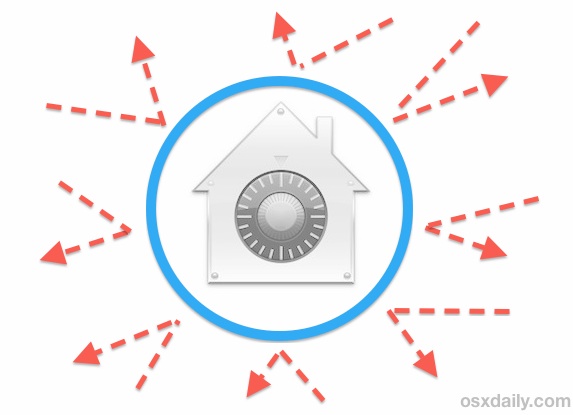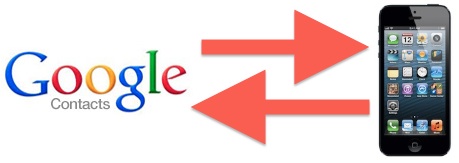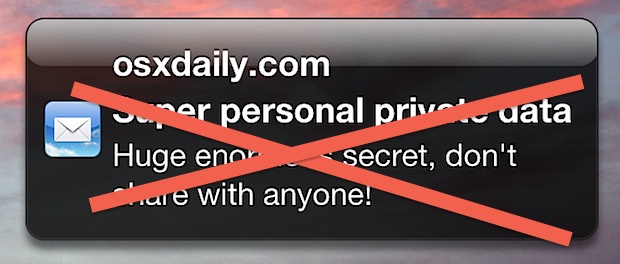How to Tell if Someone Snooped Your iPhone / iPad & Read Emails, Messages, Call Log
If you suspect someone is snooping through your iPhone call log, messages, email, or through other apps, you can set a simple trap of sorts to potentially catch such intrusions on privacy. The idea behind this is pretty simple: quit out of all apps to leave the task bar empty, then check on the multitask screen to see if someone used an app. Since most people don’t bother to check what apps are running, they will unintentionally leave their app usage traces behind.



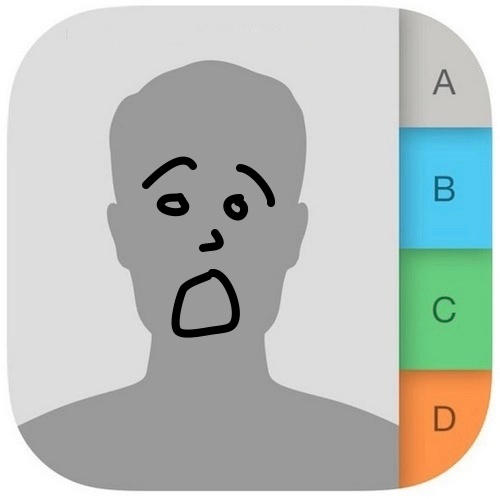 It’s never fun to accidentally delete a contact that is needed, let alone multiple contacts or even an entire address book. If you find yourself in a situation where you have deleted contacts from your iPhone that you then must recover, you can often get them back by performing a variety of tricks.
It’s never fun to accidentally delete a contact that is needed, let alone multiple contacts or even an entire address book. If you find yourself in a situation where you have deleted contacts from your iPhone that you then must recover, you can often get them back by performing a variety of tricks. 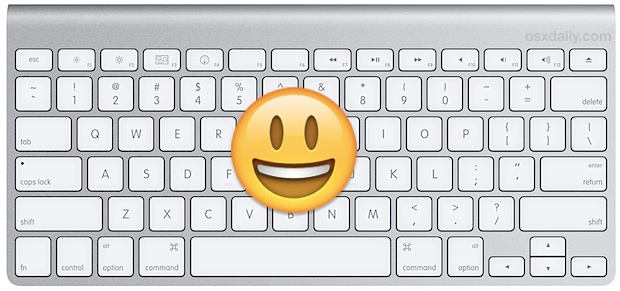

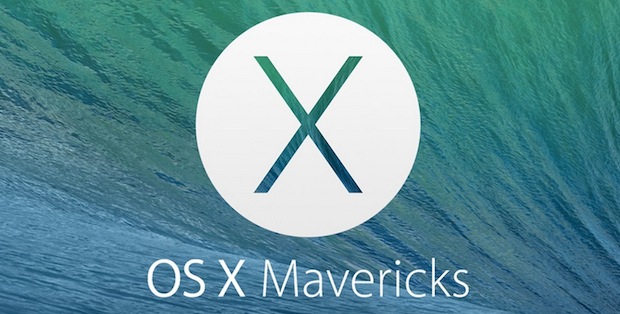
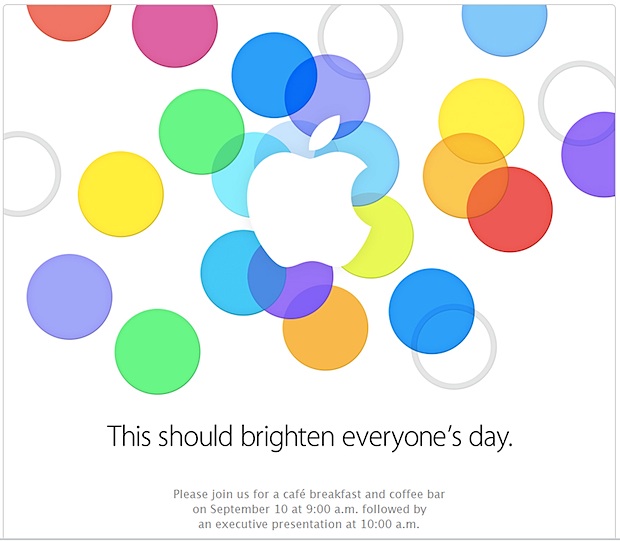

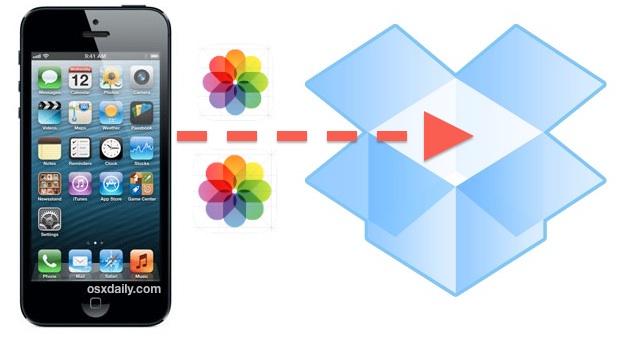
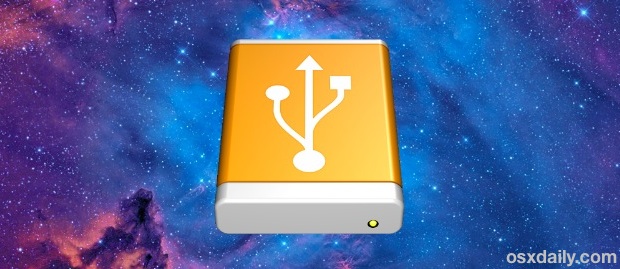
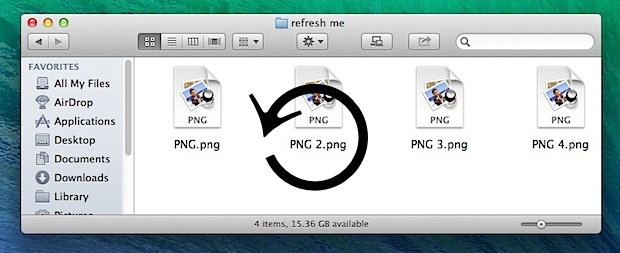
 iOS does not have an Activity Monitor or task manager the way that desktop Macs do
iOS does not have an Activity Monitor or task manager the way that desktop Macs do 
